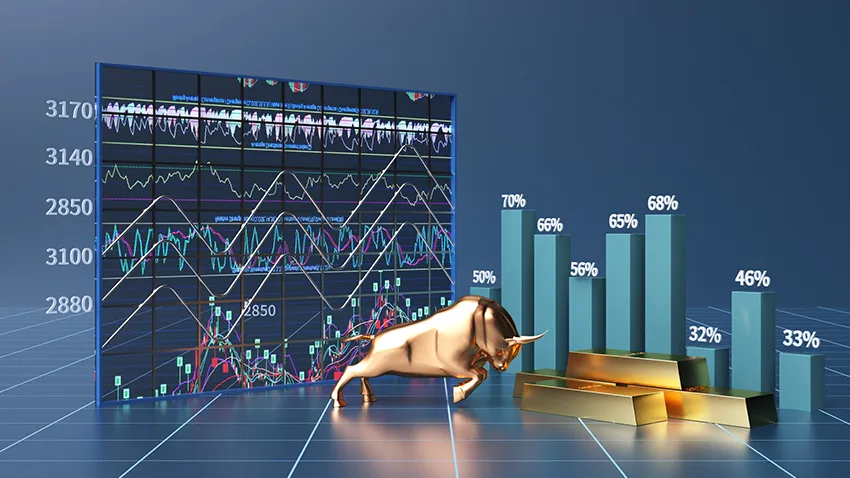Concept of Derivatives¶
Introduction¶
Derivatives are financial instruments whose value is derived from the value of an underlying asset, index, or rate. The primary purpose of derivatives is to hedge risk, but they are also widely used for speculation and arbitrage. Derivatives can be traded over-the-counter (OTC) or on exchanges, and they play a significant role in modern financial markets.

Key Characteristics of Derivatives¶
- Underlying Asset:
- The value of a derivative is dependent on an underlying asset, which can be a commodity, currency, interest rate, stock, bond, or market index.
-
Common examples of underlying assets include crude oil (commodity), the U.S. dollar (currency), the S&P 500 index (equity index), and 10-year Treasury notes (bonds).
-
Leverage:
- Derivatives often allow investors to gain exposure to the underlying asset with a relatively small initial investment, known as the margin. This characteristic is referred to as leverage.
-
Leverage amplifies both potential gains and potential losses, making derivatives highly sensitive to changes in the value of the underlying asset.
-
Contractual Nature:
-
Derivatives are contractual agreements between two or more parties. The contract specifies the terms of the derivative, including the underlying asset, the contract size, the expiration date, and the conditions under which payments are made.
-
Purpose:
- Hedging: Derivatives are frequently used to manage and mitigate risks associated with fluctuations in the prices of assets, currencies, or interest rates.
- Speculation: Investors also use derivatives to bet on the future direction of the underlying asset’s price, aiming to profit from price movements.
- Arbitrage: Arbitrageurs use derivatives to exploit price discrepancies between different markets or instruments.
Derivatives are powerful financial instruments that play a crucial role in global markets. They provide a means for hedging risks, discovering prices, increasing market efficiency, and gaining exposure to various assets. However, the complexity and leverage associated with derivatives also pose significant risks, making it essential for participants to thoroughly understand these instruments before engaging in derivative transactions.